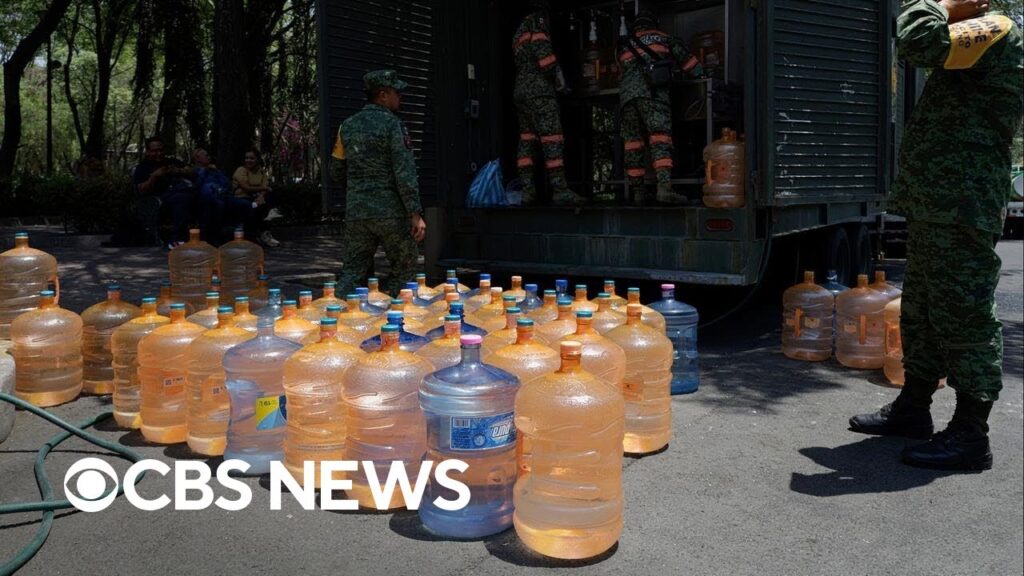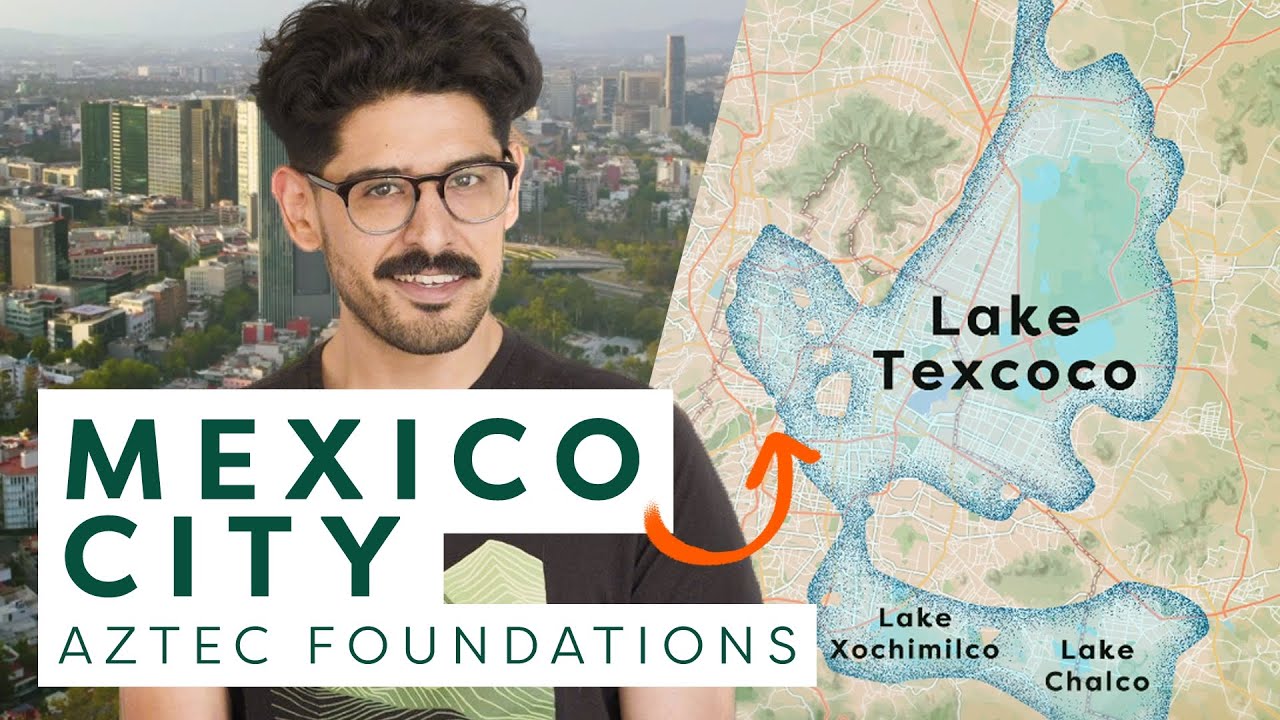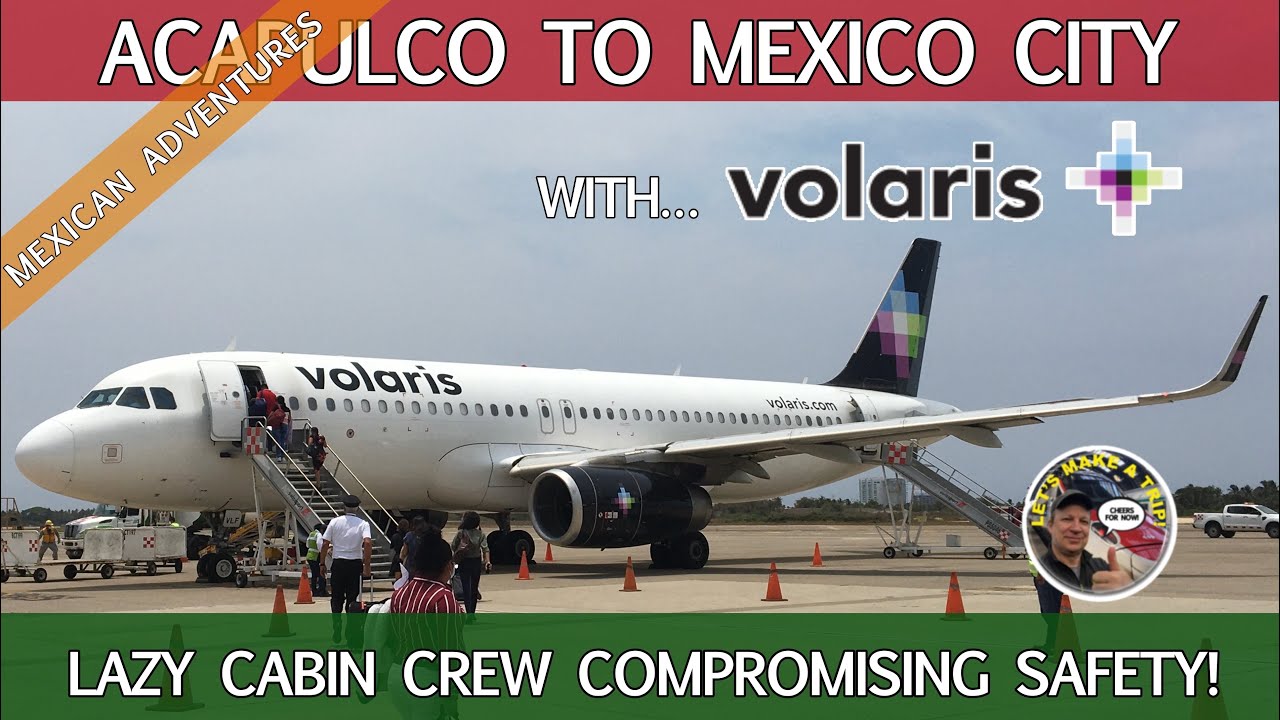Exploring the Reasons Behind Unequal Water Access in Mexico City
In Mexico City, a sprawling metropolis renowned for its vibrant culture and rich history, the challenge of unequal water access is a pressing issue. At the heart of this problem lies a complex combination of factors that have led to significant disparities in water availability among its residents. Unlike the common perception of water scarcity being solely a result of physical shortages, the situation in Mexico City is also deeply influenced by socio-economic and environmental elements. This intertwining of various factors makes the issue of water inequality a critical aspect to consider in discussions about urban development and sustainability in the region.
Firstly, the infrastructure of the city plays a crucial role in water distribution, contributing to the unequal access experienced by many of its citizens. Mexico City’s water delivery system is characterized by its age and inefficiency, with some estimates suggesting that up to 40% of water is lost due to leaks before it even reaches consumers. This systemic loss disproportionately affects lower-income neighborhoods, where the infrastructure is often in dire need of repair. Additionally, the reliance on a network of pipes that were laid down decades ago, without subsequent significant upgrades, means that parts of the city suffer from intermittent water supply, at best.
Furthermore, the geographical location of Mexico City contributes to its water woes. Built on an ancient lakebed, the city faces inherent challenges in managing its water resources. The extraction of groundwater has led to subsidence, further complicating efforts to maintain a consistent water supply. As the ground sinks, pipes can break or become dislocated, exacerbating the already critical situation of water distribution. This natural disadvantage, coupled with climate change impacts such as altered rainfall patterns, puts additional stress on the city’s water management strategies.
Socio-economic factors further amplify the discrepancies in water access. In wealthier districts, residents often bypass public supply issues by investing in private water solutions, such as purchasing water from trucks or installing water purification systems in their homes. This not only underscores the divide between economic classes but also places an undue burden on poorer communities. They are left to contend with the inadequacies of public water services, facing higher prices and greater health risks due to the lower quality of water. This disparity highlights a broader issue of inequality, where access to a fundamental resource like water is mediated by an individual’s economic standing.
The Impact of Geography on Water Distribution
Mexico’s diverse geography significantly influences the distribution and availability of water throughout the country. Its vast landscape encompasses everything from sprawling deserts and dense forests to extensive coastlines and rugged mountains. This geological diversity leads to a varying degree of water resources that are not uniformly distributed. As a consequence, some regions enjoy abundant water supplies, while others face severe water scarcity.
The northern part of Mexico, characterized by its arid and semi-arid climates, has limited water resources. The scarcity of rivers and the reliance on underground aquifers mean that water there is a precious commodity. The challenge is compounded by the high evaporation rates and the over-extraction of groundwater for agricultural purposes. In contrast, the southern regions of Mexico, with their tropical climates, receive significant rainfall. However, even here, the distribution of water resources is unequal due to the terrain and the uneven distribution of rainfall throughout the year.
The impact of geography on water distribution also extends to the challenges of water management and accessibility. Mountainous regions, for example, may have abundant water sources, but the rugged terrain makes it difficult to extract and transport water to urban and rural areas. Coastal areas, while having easier access to water, face their own challenges such as salinization of freshwater resources. These geographical impacts necessitate tailored approaches to water management in different parts of the country, emphasizing the need for sustainable and innovative solutions to address these varied challenges.
Urban Development and Its Role in Water Inequality
Urban development in Mexico has been a double-edged sword, especially when considering its impact on water inequality. As cities expand and populations increase, the demand for water has surged, leading to significant challenges in water distribution. Urbanization has not only contributed to the overexploitation of water resources but has also exacerbated the divide between those who can afford access to clean water and those who cannot. This scenario has sparked a critical debate on how urban planning and development policies are contributing to water inequality.
One of the glaring impacts of urban development on water inequality is the strain on existing water infrastructure. In many Mexican cities, water infrastructure was not designed to support the current level of demand. This situation has led to frequent water shortages and rationing in poorer neighborhoods, while wealthier areas often enjoy uninterrupted water supply. Such disparities highlight how socioeconomic status can influence access to basic services. Furthermore, climate change and its effects on water availability exacerbate these disparities, making it crucial to rethink urban development strategies with a focus on sustainable water use and equitable distribution.
Moreover, the rampant privatization of water resources in the context of urban development has played a pivotal role in deepening water inequality. Private entities often control substantial portions of the water supply, prioritizing service to high-income urban developments over lower-income communities. This privatization trend not only limits access to water for the less affluent but also raises questions about the role of government in ensuring equal access to essential resources. Efforts to address water inequality must therefore involve a critical examination of the interconnected roles of urban development policies, privatization, and equitable resource allocation.
Tackling the Challenge: Towards Equitable Water Access
Mexico’s diverse landscapes and climates offer a plethora of adventures, yet the equitable access to water poses a significant challenge that affects both locals and visitors alike. The stark contrast between water-rich and water-scarce regions in the country has highlighted the urgent need for sustainable management and distribution solutions. Efforts towards achieving equitable water access are not only crucial for ensuring the well-being of the Mexican population but also for promoting responsible and sustainable tourism.
The core of addressing this challenge lies in innovative infrastructure development and community-led initiatives. Technologies such as rainwater harvesting systems and efficient irrigation methods are being implemented in various parts of Mexico, aiming to mitigate the strain on existing water sources and to distribute water more equitably. This not only supports local agriculture and daily living but also enhances the experience of travelers who seek to explore Mexico’s natural beauty and cultural richness without contributing to its resource depletion.
Moreover, educational programs aimed at both locals and tourists underscore the importance of water conservation and responsible usage. These initiatives foster a culture of sustainability that resonates well beyond the realm of travel and adventure, embedding principles of ecological mindfulness in all who visit or dwell in Mexico. As efforts continue to evolve, the journey towards equitable water access in Mexico stands as an integral part of the broader mission to preserve the country’s stunning environments and vibrant communities for future generations.


